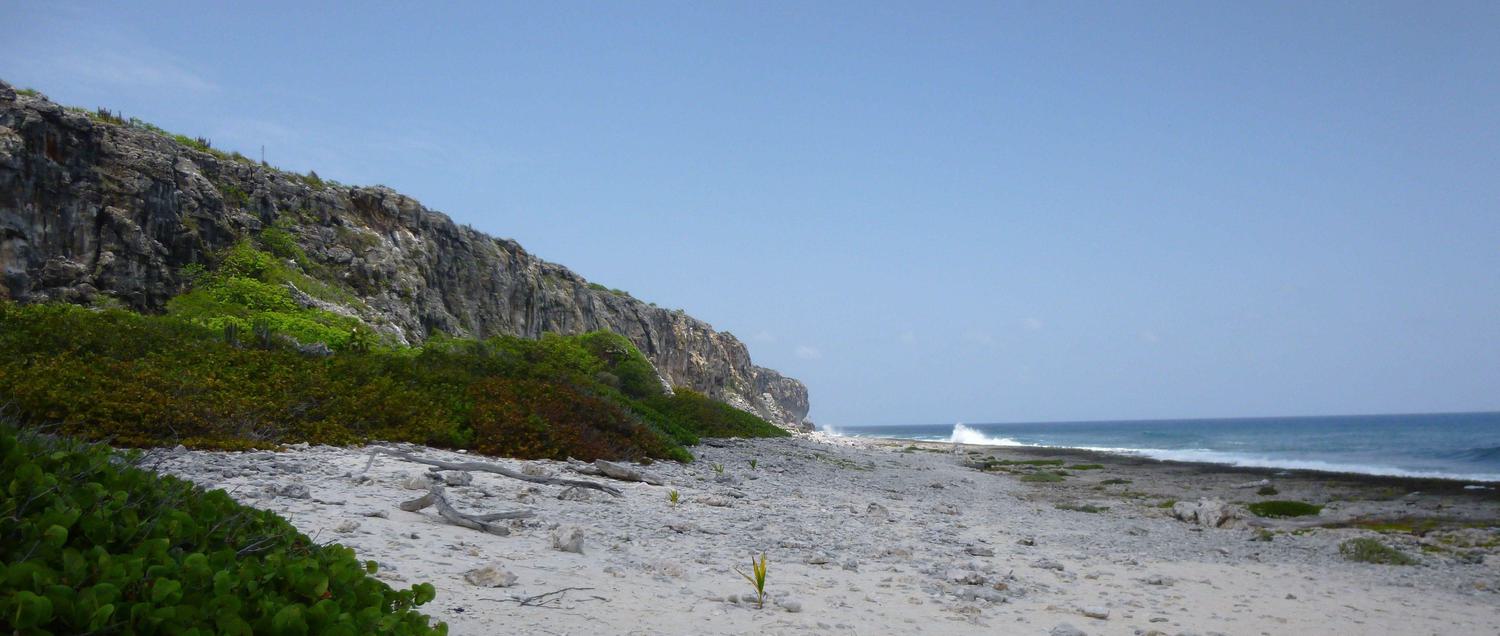Before the Mosquito Research and Control Unit (MRCU) was established in 1965, mosquito numbers were legendary. Reports were made of livestock being suffocated during the night and people did not venture outdoors without a smoke-pot to drive off the mosquitoes.
A trap used to survey the mosquito populations in 1974 once caught 793,103 in a single night!
Integrated Mosquito Management (IMM)
Mosquito Research and Control deploys a variety of “tools” from its “toolbox” to suppress nuisance and disease important mosquitoes. These are integrated into a program to control mosquitoes using sound, science and evidence based data. Surveillance, using a network of traps and Disease Prevention personnel, monitor mosquito production in standing water and flying, biting mosquitoes.
Dr. Marco Giglioli, MRCU’s first Director, initiated and manipulated water levels of wetland areas to control the pests by physical means. A huge network of canals, ditches and dykes are maintained by MRCU and assist in controlling mosquito production. In addition, Dr. Giglioli had personnel cut many miles of paths into wetlands that serve as mosquito breeding and production habitat. These are also maintained to this day by MRCU and are used to survey standing water for the presence of developing mosquitoes.
When larval mosquitoes are found in the water, MRCU has the ability to control these larvae through aerial applications – MRCU utilizes two planes - of one or more biorational insecticides. This helps to suppress mosquito emergence, however, many thousands of protected wetland acres produce mosquitoes that must ultimately be controlled via a truck or plane based space spray. All of the biorational and other insecticides used by the MRCU can be found on their website.
The Aedes aegypti mosquito (the Yellow Fever mosquito), a non-native species in the Cayman Islands, is the predominant vector (carrier) of viruses including dengue, chikungunya and Zika. This mosquito develops in the standing water found only in containers – buckets, discarded tires, plant saucers, bird baths and bromeliads.
Disease Prevention Officers, across all three of the Cayman Islands, routinely survey and treat containers to control Aedes aegypti in order to mitigate disease transmission. This is labour intensive, with many hundreds of traps and yard surveys taking place to enumerate the population levels of this mosquito. In recent years, MRCU has successfully integrated and deployed a wide area larviciding approach to our IMM program, both by truck and air, to limit container mosquito production.
The IMM program in place on Grand Cayman mirrors to a large extent professional mosquito surveillance and control programs around the world. With one exception, all insecticides are labelled for use by the US Environmental Protection Agency and MRCU adheres to all label language, including but not limited to application rates.
Mosquito Research and Control routinely communicates and collaborates with industry professionals, and maintains strong relationships with on-island partners such as the Health Services Authority, Department of Agriculture and Department of Environment. In doing so, MRCU strives to provide World Class Civil Service to all of our constituents on Grand Cayman, Brac and Little Cayman.





